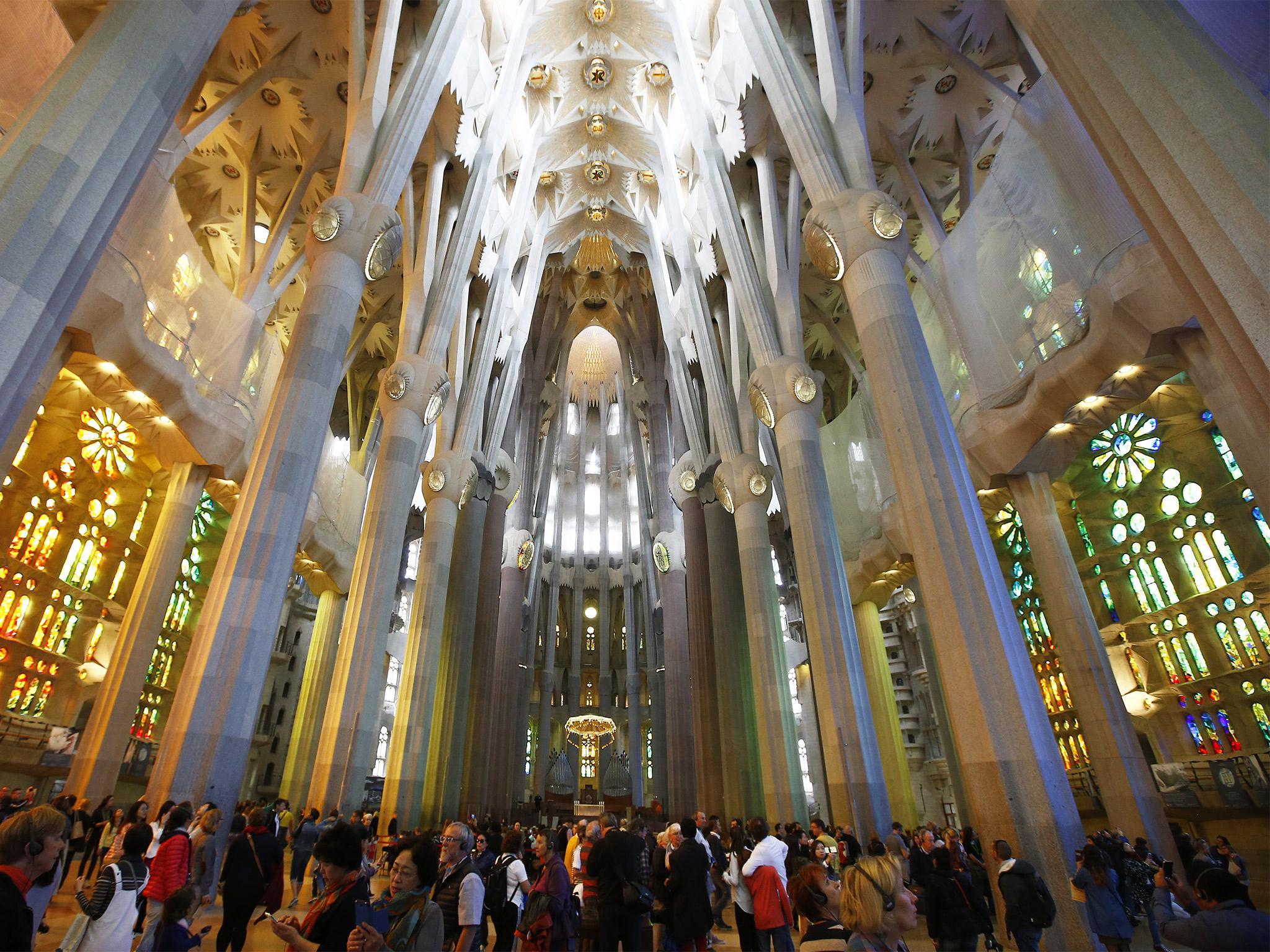CNBC took BMW s fresh self-driving car out for a spin

CNBC took BMW’s fresh self-driving car out for a spin. Here’s what it was like
With companies like Tesla, Uber, Google and BMW all pushing toward fully autonomous technology — a pervasive theme in the technology sector over the last year — the irony about the future of driving is that fewer people will be doing actual driving.
At the Consumer Electronics Display last week, BMW permitted CNBC to see its self-driving technology in activity, taking its Series five car for a test drive — or perhaps better said, the car took a CNBC reporter out for a spin.
As part of its autonomous car practice, BMW aggregated public data on traffic lights in Las Vegas so countdowns were available on the cloud dashboard, sharing a space in the central console where a radio would be. This feature could be a commuter’s fantasy: It tells the exact 2nd a light would turn crimson, yellow or green. Once the car hit the highway, a blue button switched the car into a fully autonomous mode, slipping to a speed much steadier than one a human driver would maintain.
The entire drive was a tour in the next wave of autonomous technology. As the passengers took their place in the vehicle, tooled with the BMW open mobility cloud, a Segway parking robot called Loomo was busy at work parking a returning car.
For the next ninety minutes, two engineers in the front passenger and back seats railed on the automated voyage. The car itself is tooled with several sensors from cameras to an Intel depth sensor. BMW’s open mobility cloud is a recently launched digital practice that permits passengers or drivers to interact with destinations using a series of gestures.
Liberated from the cargo of having to keep one’s eye on the road, passengers can do a range of other tasks, including making dinner reservations.
The demo had a story line that began by having the passengers meet our “dad” in a parking lot, go after him to another point, and order something from Amazon Prime — just one of the third-party fucking partner applications that will be integrated into the open mobility cloud, along with Microsoft’s Cortana and Opentable. These deeds on the road were used to showcase the capabilities of the open mobility cloud.
The next destination would be picking up the Amazon package on the way back to the original begin site. This cloud, which is supported by Microsoft and Amazon, will be available to consumers beginning in March.
While in the car going over fifty mph on the highway, the engineers railing along showcased what else a passenger could do while in the fully autonomous mode: witness a movie, gesture control to the cloud to have the car read information out to me or even make dinner reservations.
As a movie turns on with Amazon Prime on a console in the backseat, the sun roof closes and lights dim into a cinema mode that reduces the glare. By gesturing to the center console, passengers are also able to receive information about locations they are passing.
While the car did drive itself, it was hard for CNBC to break from the impulse of holding the wheel, or just watching the road—somewhat to the dismay of the BMW engineers accompanying the passenger.
The reality of testing a driverless car, both as a consumer and an occupant in the car, does leave one with a sneaking suspicion it could at some point falter in its drive. If this truly is the future of driving, car makers may want to gravely weigh some combination of human managed driving and a fully autonomous mode. That is because the interaction with cars still piloted by humans could pose a challenge, especially if a regular car isn’t being cautiously driven.
BMW, like other carmakers like Ford, has said that autonomous cars will be in production by 2021. While that may sound too close to believe, the technology is well on the road to reality.